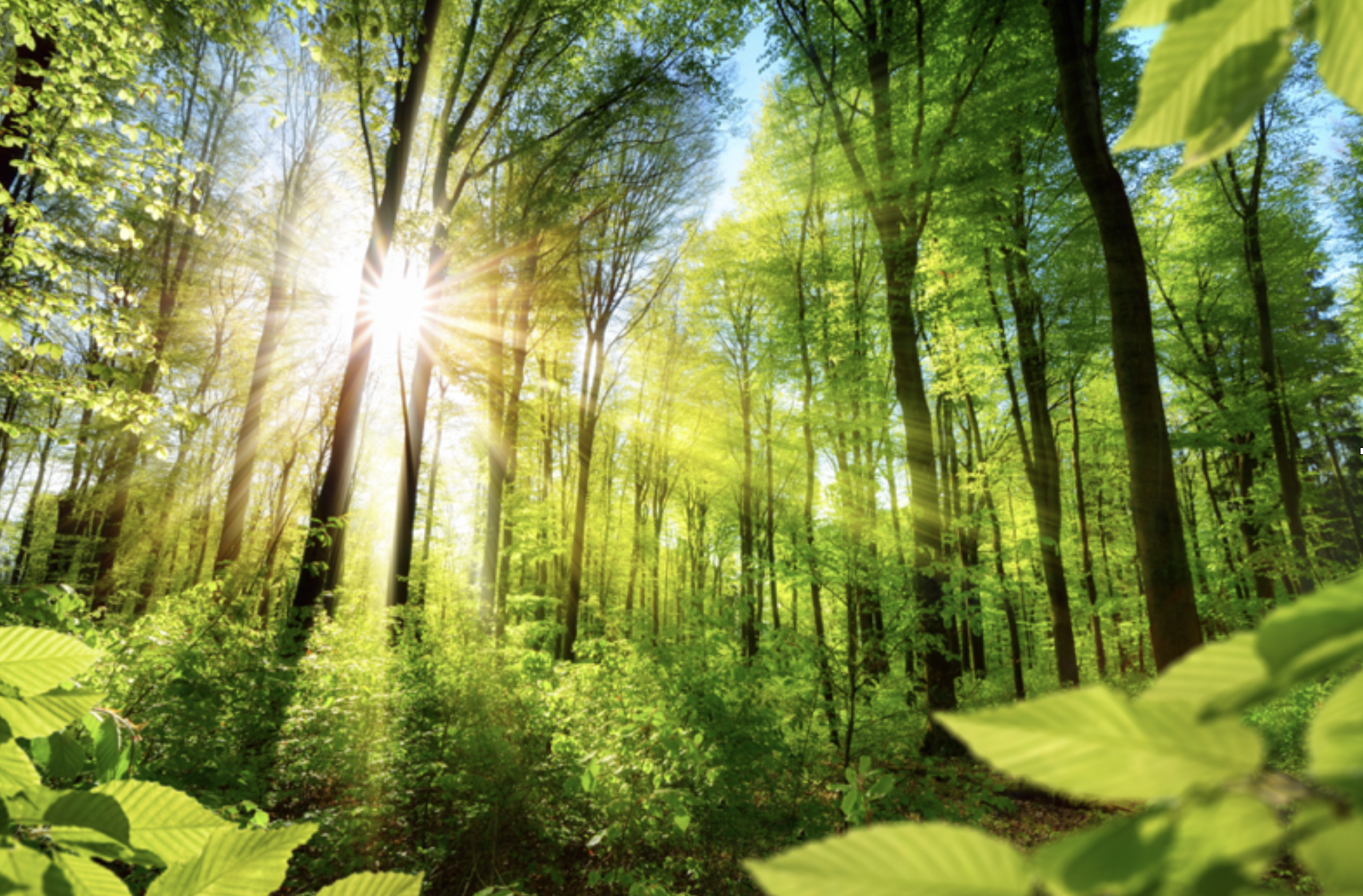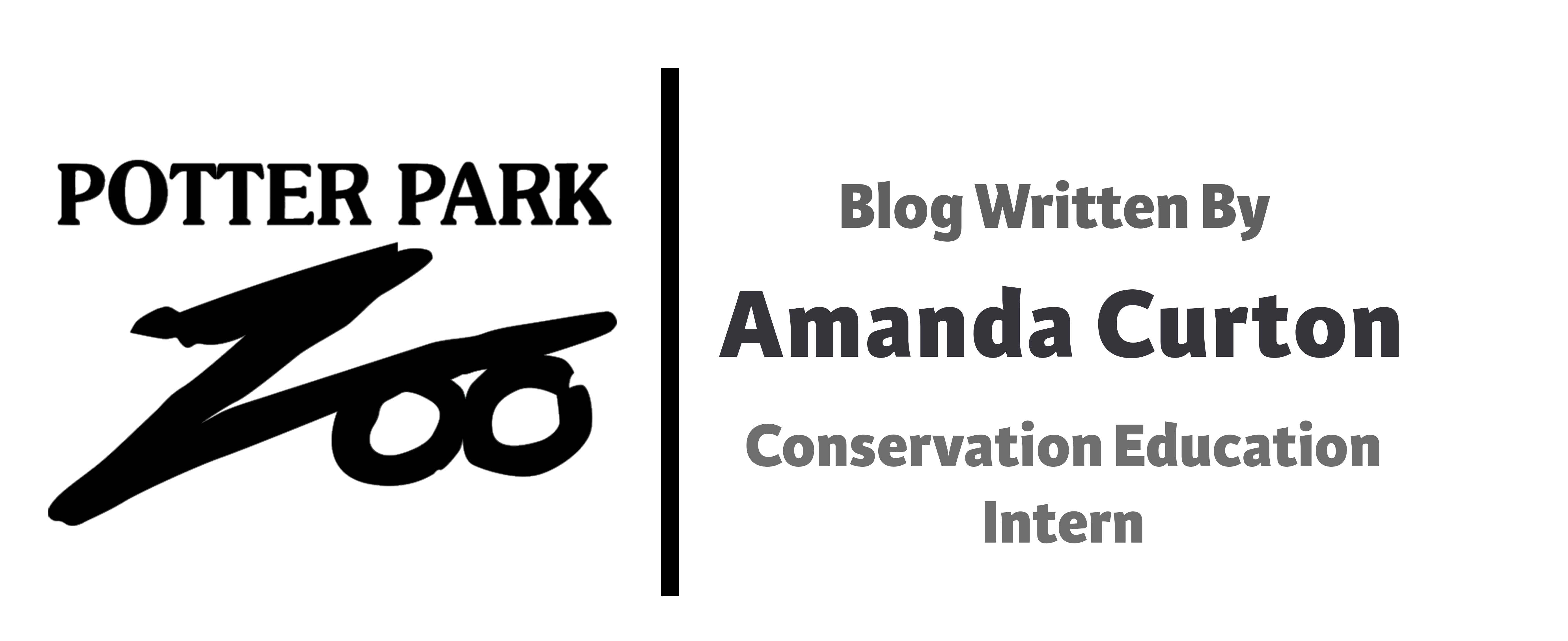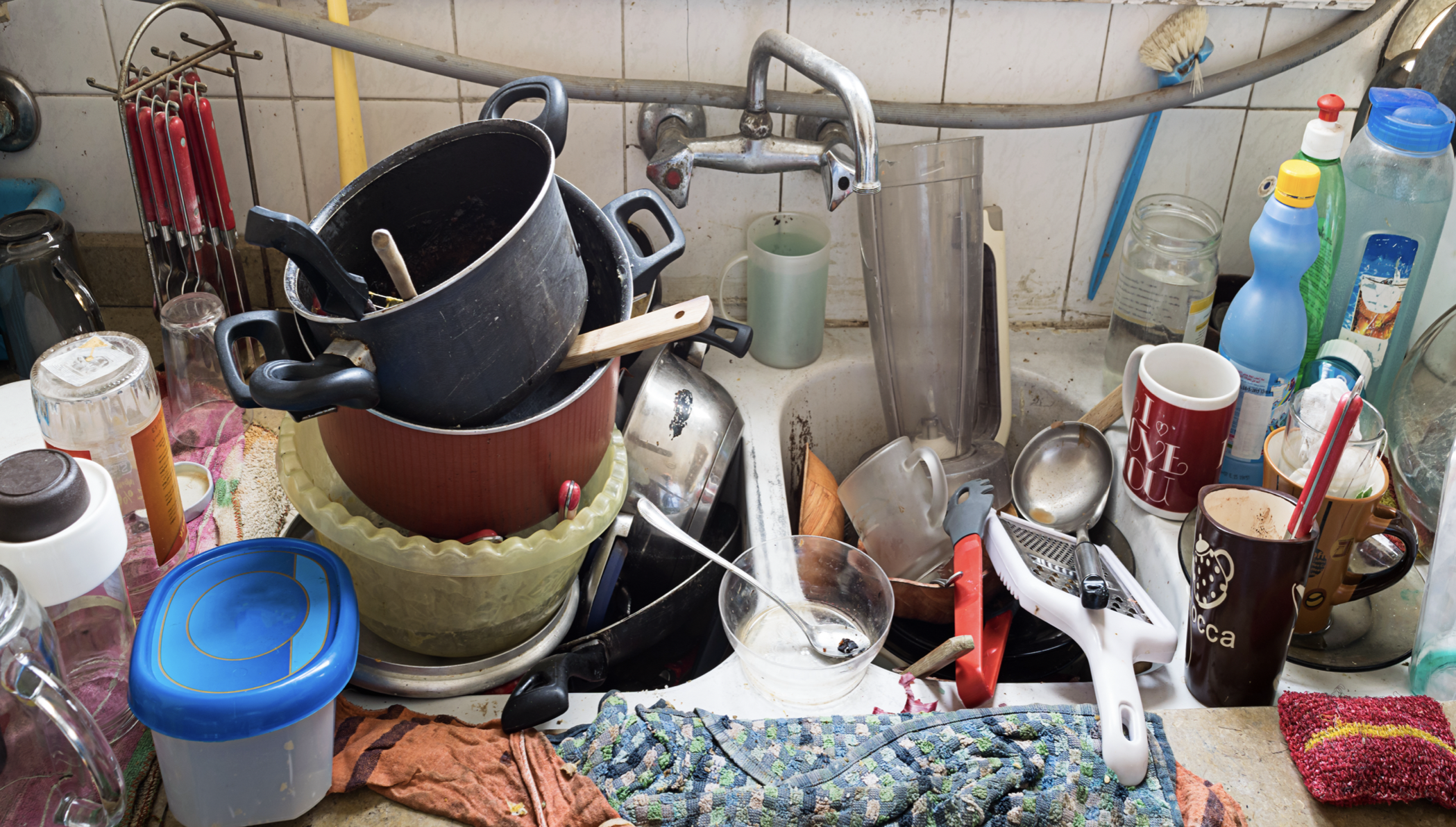 Messes. They’re everywhere! How is it that I can clean my whole kitchen and an hour later it can be a mess again?
Messes. They’re everywhere! How is it that I can clean my whole kitchen and an hour later it can be a mess again?
The Problem: Paper Towel
American families go through 13 billion pounds of paper towel annually. This amounts to 80 rolls per person each year! But what’s the big deal, right?Each piece of paper towel is relatively small. In fact, it’s as thin as a sheet of paper! It can’t take up that much space. What isn’t being considered is how this product is transformed from a tree into paper and what happens to it after the messes have been cleaned up.
Where does it come from?
The short answer is simple – paper towels come from trees! The long answer is much more sobering. It takes 17 trees to make 2000 pounds of paper towel. If you look at the 13 billion pounds of paper towel that Americans use annually, that is 6,500,000 trees per year! And that’s only what Americans use. That’s a lot of trees!
 How bad is it?
How bad is it?
Just like many other products, paper towels are literally produced to throw away. 94,000 trees are cut down in the U.S. every day for paper towel and related products. The process of getting from tree to paper is also not great. The tree is first chipped into small pieces, then it enjoys a water and energy exhaustive chemical bath of lye, caustic soda, and hydrogen peroxide (amongst others!) which is designed to soften the wood fibers, change the structure of the plant tissues, and begin the bleaching process – yes, they are bleached! After bleaching, resin is added to help the fibers bond to one another, then it is flattened, dried with heat, and pressed with design. The last step in the process of paper towel is heating and pressing, which, as you might imagine, takes A LOT of energy.
Is paper towel even safe?
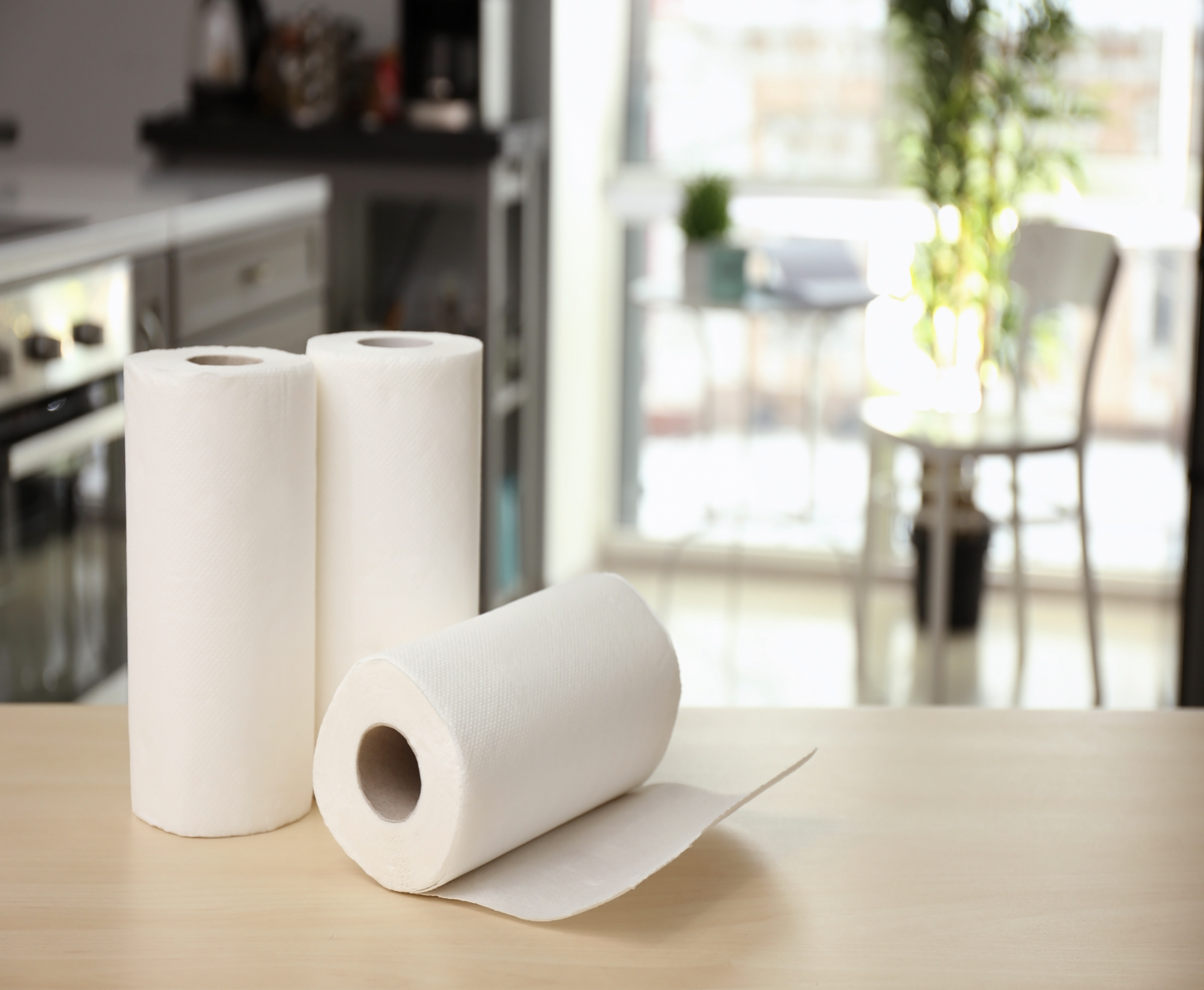
This question may seem counterintuitive. It’s just paper, right? Well, you have to look at the process. How did this product go from tree to paper cloth? Think of the chemical bath. Those chemicals don’t go away – they’re still in the paper towel! Three of the big monsters found in household paper towel are formaldehyde (added for strength when wet – and a known carcinogen!), chlorine (remember the bleaching?), and BPA (do you conscientiously buy only BPA-free plastic and aluminum? Turns out it’s in your paper towel as well).
Unfortunately, the byproduct of the chemical process that makes the paper towel soft and white is dioxin, a toxin that accumulates in the human body, disrupts hormones and alters DNA over time. The really scary thing? – dioxins never leave the human body. That’s right! Dioxins are absorbed through the skin when you handle paper towel and can never be excreted. You may see very specifically labelled “unbleached” brown paper towel at the grocery store, which had not been bleached with chloride, but the other chemicals that are used to soften and bind are still present.
Can it be recycled?
It’s paper! Paper can always be recycled, right?! Wrong. As mentioned above, paper towel is literally made for the land fill. A product has to be clean and unblemished to be recycled into a new product – and paper towel is made to clean up messes! Since paper towel inevitably is covered in food, grease, cleaning product, etc., it will never have the opportunity to become something else. Even if the paper towel is “clean”, it is filled with chemicals! Due to the processes that make it what it is, it can never be recycled. In better news, the brown roll that the paper is wrapped around is recyclable! If you finish a roll, toss that brown or grey cylinder into your recycling bin!
What about recycled paper towel?
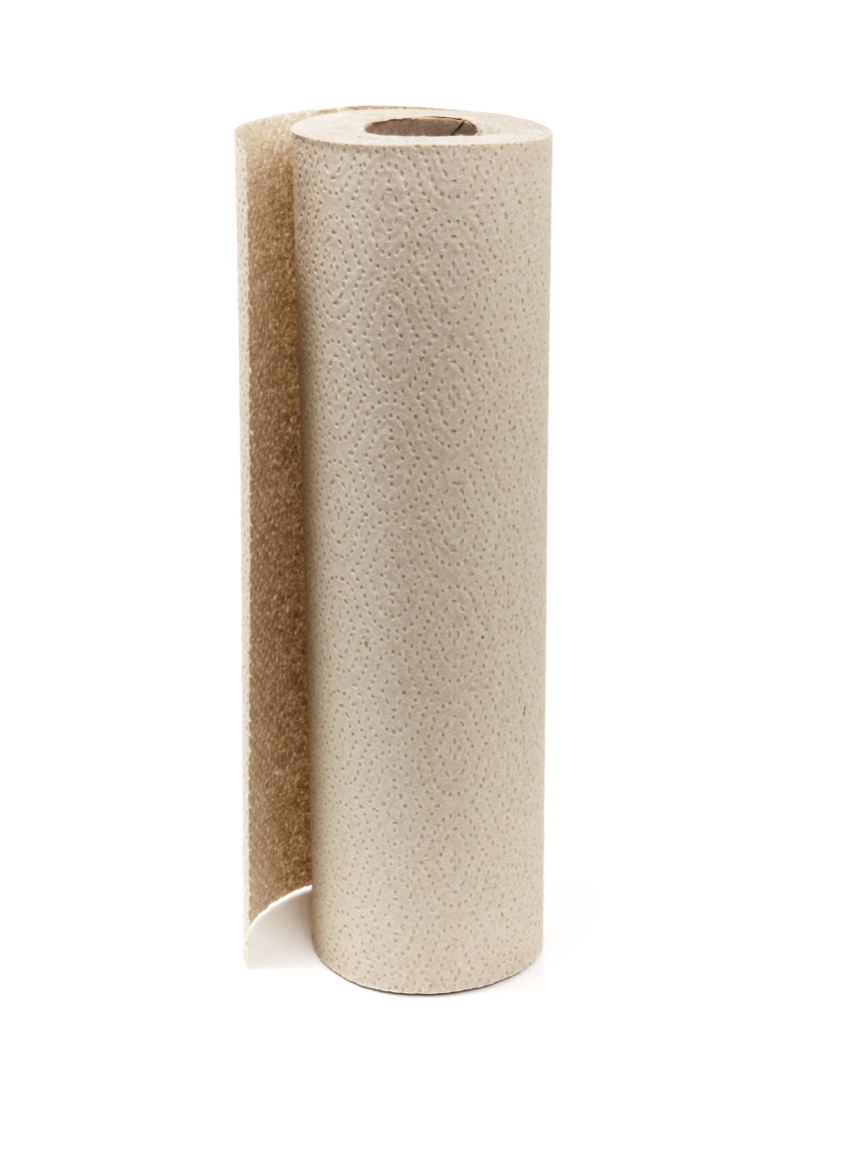 “Recycled Paper Towel”. It seems like a better option, right? Unfortunately, “recycled” has a different meaning when it comes to paper towel. Recycled pulp is made from the cast-off chips of trees that were cut down for something else then is transformed into something that can be marketed as “recycled paper towel”. While the sourcing for the wood is little more eco-friendly, the process of turning the chips into paper is pretty much the same. And yes, under testing, recycled paper towels still contain dioxins.
“Recycled Paper Towel”. It seems like a better option, right? Unfortunately, “recycled” has a different meaning when it comes to paper towel. Recycled pulp is made from the cast-off chips of trees that were cut down for something else then is transformed into something that can be marketed as “recycled paper towel”. While the sourcing for the wood is little more eco-friendly, the process of turning the chips into paper is pretty much the same. And yes, under testing, recycled paper towels still contain dioxins.
The Solution:
We have established that using paper towels is neither sustainable nor safe. Here at Potter Park Zoo, in an effort to reduce deforestation and promote animal and human wellness, we use paper towel made from 100% recycled fibers. They have been certified by Ecologo, an organization that does testing to determine the safeness and sustainability of a product. We always strive to only use products that are safe for both our animals and our patrons, and you can, too! Fortunately, there are more earth-friendly alternatives to traditional paper towel. These products are made from more sustainable products like bamboo and require less chemical processing to transform them into usable products. You can find a list of these sustainable alternatives below:
- Caboo™ Bamboo Paper Towels
- Made from fast-growing bamboo and sugarcane
- 2-ply, biodegradable fibers with a pleasing design –
- Sold at https://cabooproducts.com
- Anija ™ Reusable Bamboo Paper Towels
- Made from bamboo fiber
- Washable and reusable, which saves money as well as the planet
- EcoLifestyle™ Reusable Paper Towels
- Made from bamboo fiber
- Washable and resusable
- Eco Being™ Paperless Bamboo Towel
- Made from bamboo fibers
- Woven into a more cloth-like material
- Washable and reusable
The convenience of the paper towel is something that many are unwilling to sacrifice. Fortunately, we live in a time in which there are many alternatives that are lighter on our pocketbooks and our environmental footprint! If each of us made the change today, think of the trees that could be saved tomorrow!
